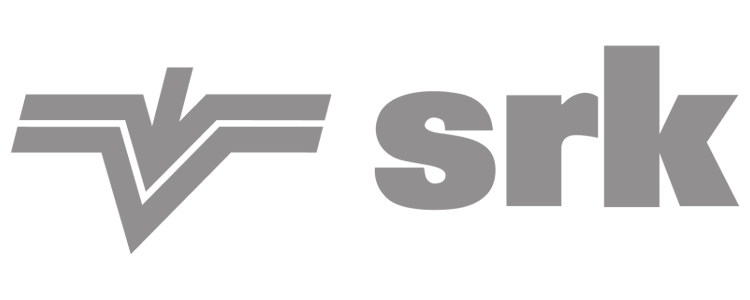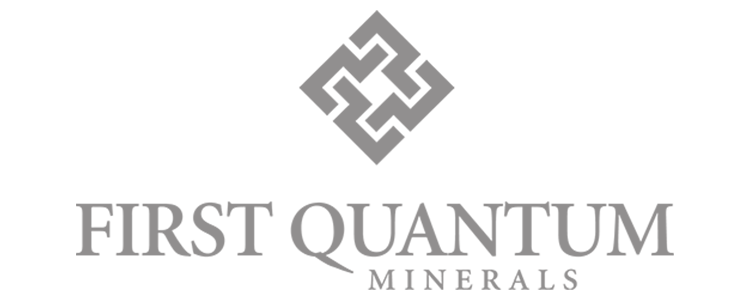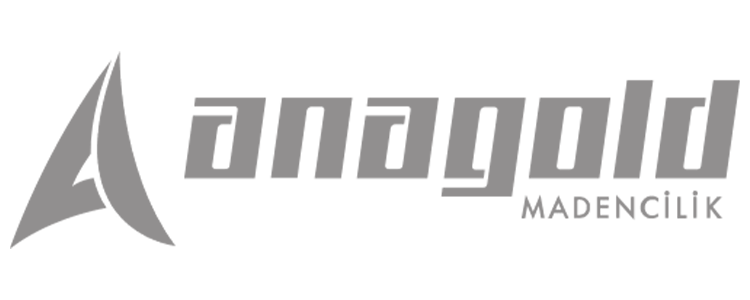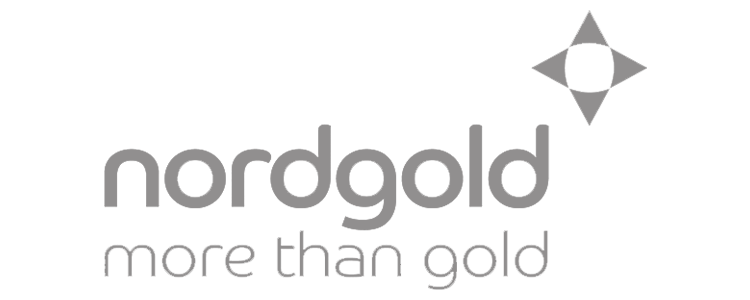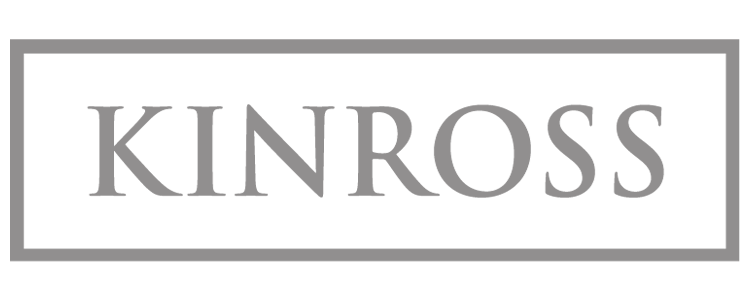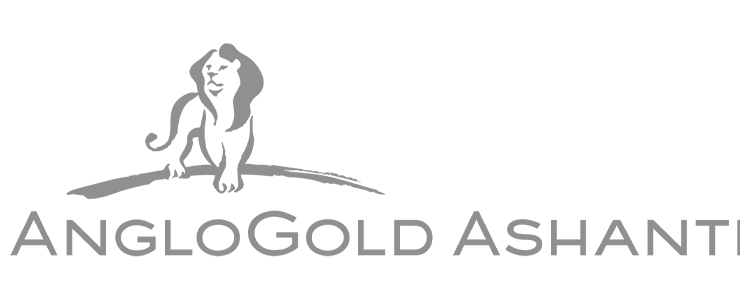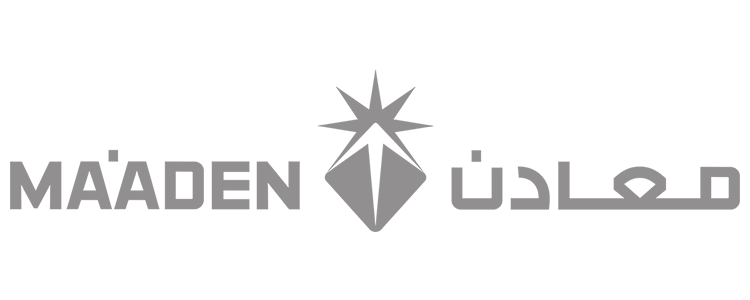
The mining industry operates where complexity and high-stakes operations meet. With skills shortages and rapidly changing technologies, the demand for a highly trained, adaptable workforce has never been more critical. For mining companies striving to stay competitive and bridge the talent gap, integrating a Learning Management System (LMS) offers a transformative solution.
This post explores how an LMS specifically tailored for mining organizations can drive efficiency, upskill talent, and enhance overall operational success.
What is a Learning Management System
A Learning Management System (LMS) is a software application that helps organizations manage, deliver, and track employee training. LMS applications are so effective that 40% of Fortune 500 companies use Learning Management Systems (LMS) extensively to stay competitive [Finances Online]. An LMS centralizes learning resources, automates administrative tasks, and provides real-time analytics to measure training effectiveness. For mining companies, an LMS becomes a powerful tool to tackle challenges in talent development and retention.
Benefits of Implementing an LMS for Mining Companies
1. Streamlined Training Delivery
Mining operations require precision and adherence to strict protocols. With an LMS, training resources can be made consistently accessible to employees regardless of their location. Whether introducing new safety procedures, cross-training employees on multiple disciplines, or conducting refresher courses on compliance, the system ensures that each learner receives the same high-quality training.
2. Faster Upskilling and Cross-Training
Upskilling is critical as the mining industry embraces advancements in automation, AI, and sustainability practices. An LMS allows mining companies to develop tailored learning paths for employees, helping them acquire relevant skills more quickly. By leveraging microlearning and mobile compatibility, employees can engage in training at their convenience without disrupting operational demands.
3. Improved Safety Protocols
Safety is paramount in mining, with compliance requirements evolving continuously. An LMS ensures that all employees undergo mandatory safety training and remain up to date on certifications. Real-time progress tracking helps supervisors ensure compliance while minimizing the risk of incidents stemming from knowledge gaps.
4. Centralized Learning Resources
Instead of juggling multiple platforms or relying on outdated materials, an LMS centralizes all training content. This not only simplifies access for employees but also ensures that managers can manage, update, and distribute content efficiently.
5. Real-Time Analytics for Data-Driven Decisions
An LMS provides analytics dashboards that track user progress, completion rates, and knowledge gaps. This data gives mining companies actionable insights into training effectiveness and areas for improvement. Analytics also helps identify skill trends, enabling companies to plan training aligned with future project demands.
6. Enhanced Employee Engagement
Mining companies often face challenges in attracting and retaining talent. Offering a robust learning program through an LMS demonstrates a commitment to professional development, fostering loyalty and engagement among employees. Customizations like gamification, rewards, and certification opportunities further boost engagement. An Edumine client saw a 4 times increase in learner enrollment in courses, and an 11 times increase in course completions when gamification was employed [Edumine].
How to Successfully Integrate an LMS
Assess Your Organization’s Needs
Evaluate your company’s specific training requirements. Consider key factors such as employee roles, compliance needs, current gaps in training, and scalability. This assessment will help you choose an LMS tailored for the unique demands of a mining environment.
Curate Relevant Learning Content
Integrating an LMS is only as effective as its content. Invest in peer-reviewed, industry-specific courses to ensure your employees learn valuable, up-to-date information. Collaborate with subject matter experts to design programs that address both immediate and future skills requirements. Tip: Look for industry-recognized content providers such as Edumine to align with mining’s technical demands.
Ensure User Accessibility
Your workforce may include employees across varied shifts and remote locations. Choose an LMS that offers mobile compatibility and works seamlessly on devices like tablets and smartphones. This ensures training is accessible anytime, anywhere.
Leverage Analytics
Use the LMS’s analytics features to monitor your team’s progress and identify opportunities for improvement. Regular progress reviews and knowledge checks can ensure learning aligns with organizational goals.
Foster a Learning Culture
Integrating an LMS is a first step, but creating a culture that values learning will maximize its effectiveness. Tie professional development to performance reviews, recognize achievements, and ensure leadership champions training initiatives.
Partner with Experts
Implementation doesn’t have to be overwhelming. Collaborate with a training partner to customize learning paths and provide ongoing support to HR and departmental leads for long-term success.
Start Transforming Workforce Development Today
Your path to an optimized, efficient, and engaged workforce begins with the right tools. Explore how leading mining organizations are implementing LMS solutions to gain measurable improvements in safety, skill development, and operational success.
Request Demo
Take the first step with Edumine. Contact us today to request a demo or learn more about our enterprise learning solutions built specifically for the mining industry. Get started now.
Request Demo

